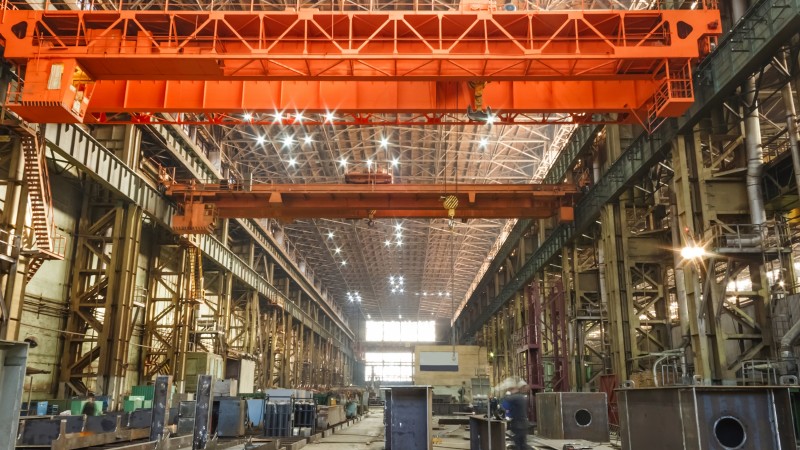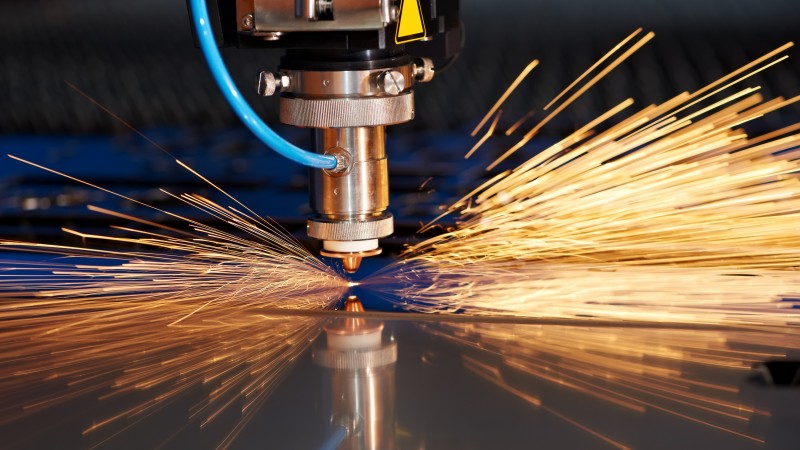Metallurgy and Capital Goods

The Metallurgy1 industry present in Rio Grande do Sul is highly concentrated, with establishments in 70 municipalities in the state. In 2021, there were 259 companies, which employed 9,931 people. The municipalities of Caxias do Sul, Novo Hamburgo and Porto Alegre concentrate one third of the segment's establishments. As for jobs, 52.4% are in the municipalities of Sapucaia do Sul, Caxias do Sul, Charqueadas and Santo Ângelo.
Linked to the metallurgical industry, the Machinery and Equipment sector2, another name for Capital Goods, covers the goods used in the production of other goods, but which are not directly incorporated into the final product. Individuals, organizations and governments use capital goods in the production of other goods, commodities or services. The Capital Goods sector plays a fundamental role in the economy of Rio Grande do Sul, generating direct effects on several production chains. This is a strategic sector that serves as a competitive lever for other industrial sectors.
This industry is more dispersed in the territory of Rio Grande do Sul, with establishments in 211 municipalities. In 2021, there were 2,045 establishments, which employed 69,891 people. The municipalities of Caxias do Sul, Novo Hamburgo and Porto Alegre concentrate 29% of the undertakings, while 54.9% of the jobs are concentrated in the municipalities of Caxias do Sul, Panambi, São Leopoldo, Não-Me-Toque, Santa Rosa, Canoas, Ibirubá, Horizontina, Cachoeirinha and Bento Gonçalves.
Rio Grande do Sul is a protagonist in the manufacture of agricultural machinery and implements. Of all the companies operating in Brazil, more than 60% are installed in the State. Three of them account for almost half of the national production of wheeled and crawler tractors, harvesters and backhoes. RS concentrates a third of the country's workforce in this industry. This sector is specified in the section on Agribusiness.
Industry Opportunities

This is an already consolidated and very competitive sector in Rio Grande do Sul. In this way, there is room to establish strong partnerships with local companies, which, in addition to seeking to expand their business internationally, also invest in technological partnerships to develop innovative products and increase their productivity.
According to the CNAE, the Metallurgy segment comprises the conversion of ferrous and non-ferrous ores into metallurgical products by thermal, electrometallurgical or not means (furnaces, converters, etc.), and other metallurgical processing techniques to obtain intermediate products from the processing of metallic ores, such as pig iron, liquid steel, calcined or not alumina, copper and nickel metallurgical mattes, etc., the production of metals in primary or semi-finished forms (ingots, plates, billets, matt billets, palanquilas, etc.), the production of laminates, re-laminates, drawn, redrawn products (plates, coils, bars, profiles, rails, rebar, wire rod, etc.) and the production of pipes and tubes, as well as the production of ferrous and non-ferrous metal castings and the production of forged steel bars (long laminates). Available at http://www.atlassocioeconomico.rs.gov.br/metalurgia-e-maquinas-e-equipamentos .
The Machinery and Equipment segment comprises the manufacture of machinery and equipment, including mechanical components, parts and pieces, for industrial, agricultural, mineral extraction and construction activities, transportation and lifting of loads and people, for ventilation, refrigeration, thermal installations or other similar activities (engines, pumps, compressors and transmission equipment; tractors and machinery and equipment for agriculture and livestock; machine tools; machinery and equipment for use in mineral extraction and civil construction and machinery and equipment for specific industrial use ).